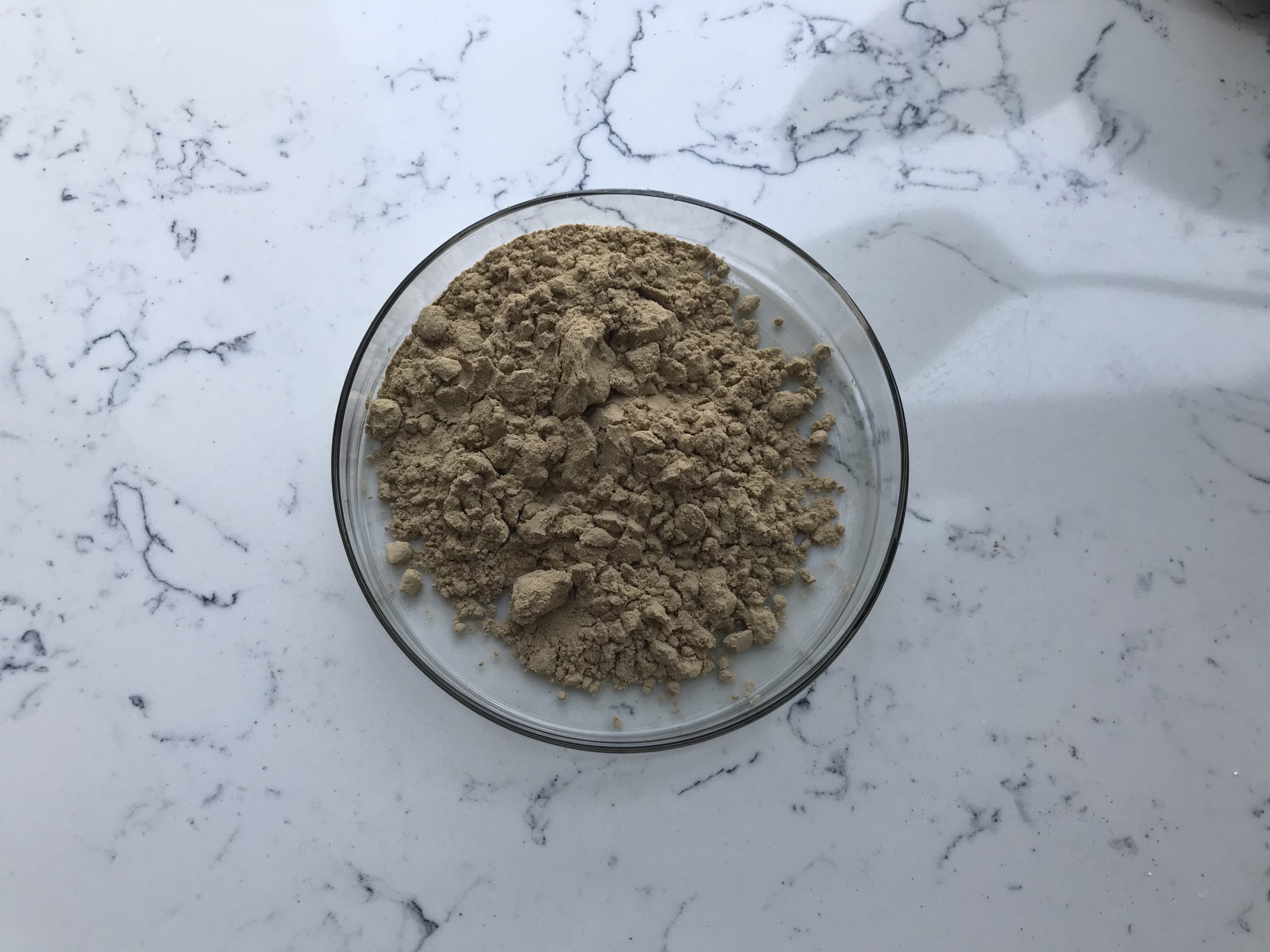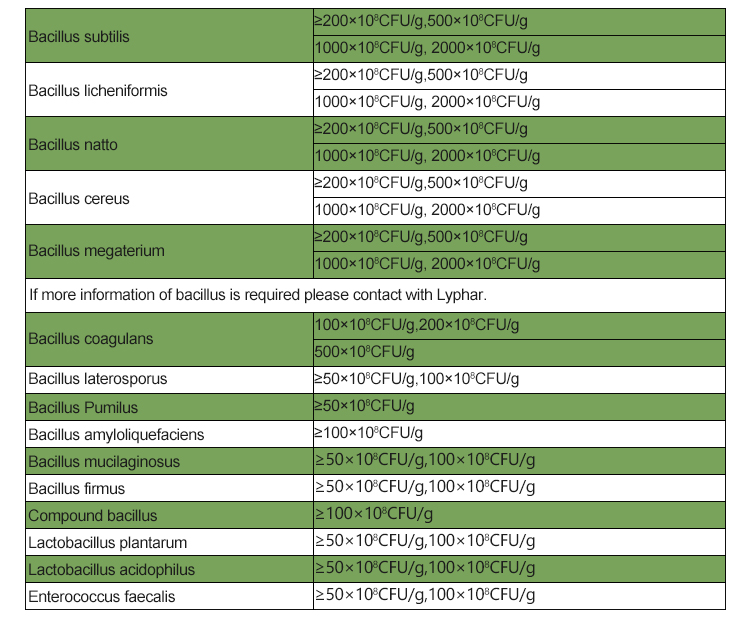Bacillus thuringiensis (Bt) is a gram-positive, rod-shaped bacterium known for its insecticidal properties. Here are some key morphological characteristics:
- Shape and Size: Bacillus thuringiensis cells are typically rod-shaped (bacilli) and can be around 0.5 to 1.0 micrometers in diameter and 1.5 to 5.0 micrometers in length.
- Gram Staining: As a gram-positive bacterium, Bacillus thuringiensis retains the crystal violet stain used in the Gram staining procedure, appearing purple under a microscope.
- Endospore Formation: Bacillus thuringiensis is capable of forming endospores, which are resistant to extreme conditions. The spores are usually located centrally or sub-terminally within the cell and can appear as swollen regions.
- Colonial Morphology: On solid media, Bacillus thuringiensis colonies can appear as flat, opaque, and may have a rough surface. They often have a grayish or off-white color.

- Motility: While some strains of Bacillus thuringiensis are motile, they usually possess flagella and can exhibit a swimming motion in liquid media.
- Crystal Protein: Bacillus thuringiensis produces distinctive protein crystals (Cry proteins) during the sporulation phase, which are toxic to certain insect larvae. These crystals can be observed as inclusions within the cells.
These morphological traits are key to identifying Bacillus thuringiensis in laboratory settings and understanding its role as a biopesticide.
Culture requirements of Bacillus Thuringiensis
Bacillus thuringiensis (Bt) is a soil-dwelling bacterium widely used as a biological insecticide. Here are the culture requirements for growing Bt:
- Medium: Bacillus thuringiensis can be cultured on various media, including nutrient agar, Luria-Bertani (LB) broth, or specific insect media. The choice of medium may depend on the specific strain being used and the intended application.
- Temperature: Optimal growth occurs at temperatures between 28°C to 30°C. However, some strains may tolerate a broader range.
- pH: The optimal pH for growth is typically around 6.5 to 7.5. Maintaining this pH range is important for optimal growth and sporulation.
- Aeration: Bacillus thuringiensis is an aerobic organism, so adequate aeration is necessary. This can be achieved by shaking the culture or using a bioreactor.

- Incubation Time: Incubation times can vary, but cultures are generally grown for 24 to 48 hours until they reach the stationary phase, where sporulation occurs.
- Carbon and Nitrogen Sources: Bacillus thuringiensis can utilize various carbon sources, including glucose and sucrose. Nitrogen sources can include yeast extract, peptone, or ammonium salts.
- Inoculum Size: A small inoculum (around 1-5% of the culture volume) is typically used to start the culture.
For specific applications, like producing insecticidal proteins, additional optimization may be needed based on the desired product.
